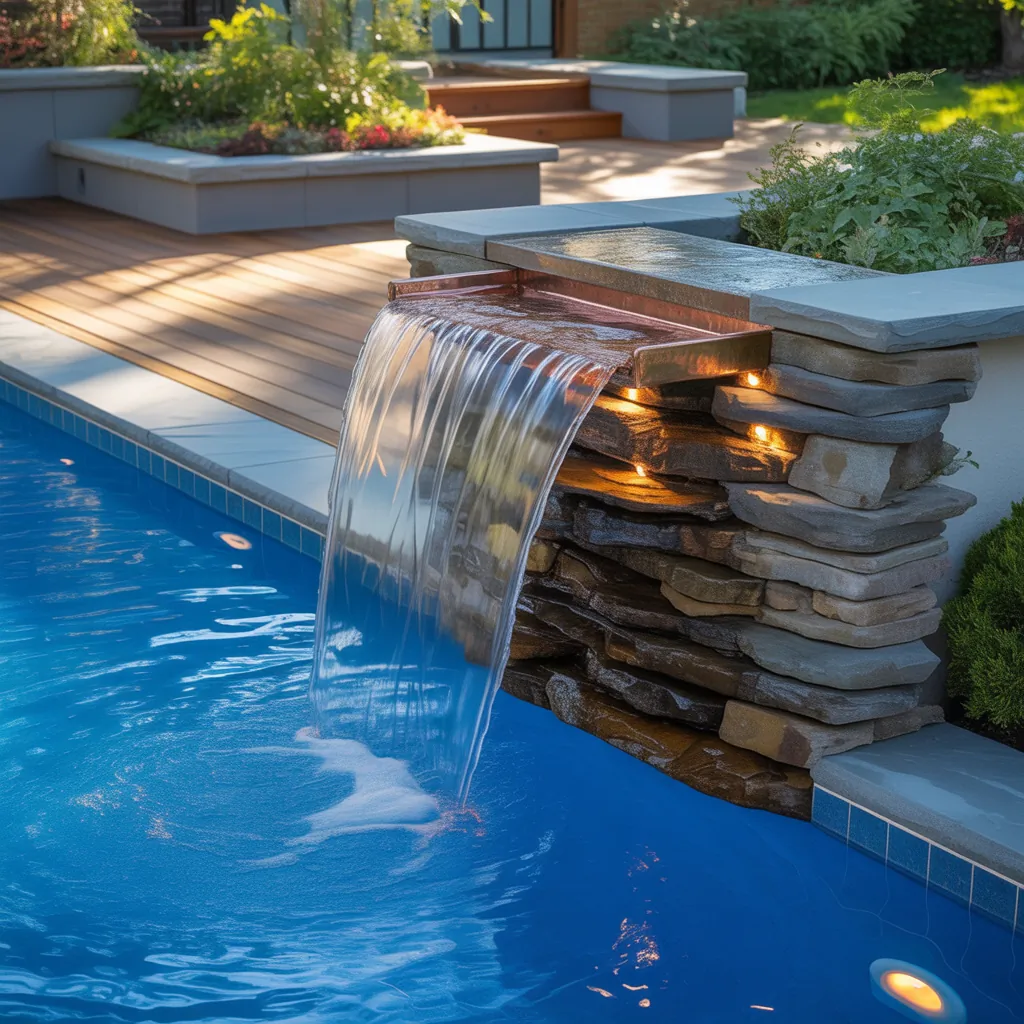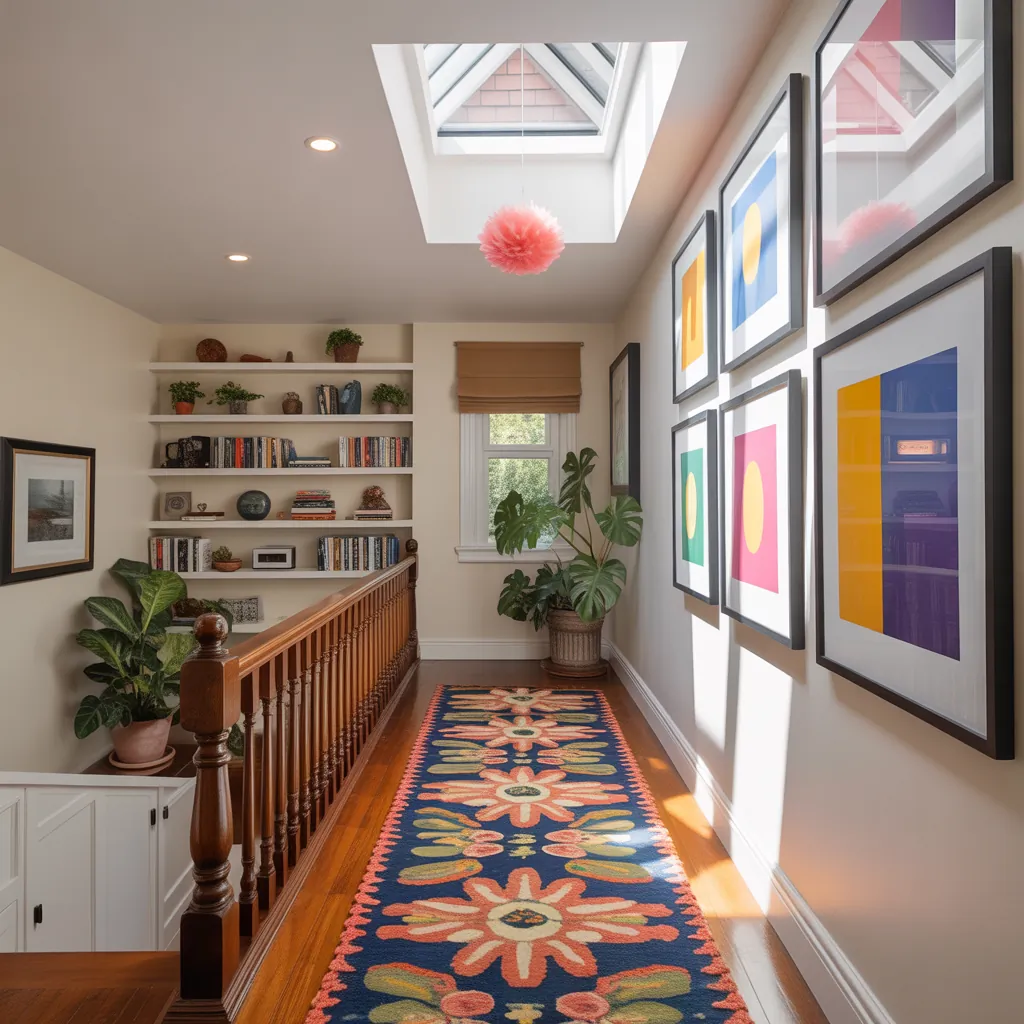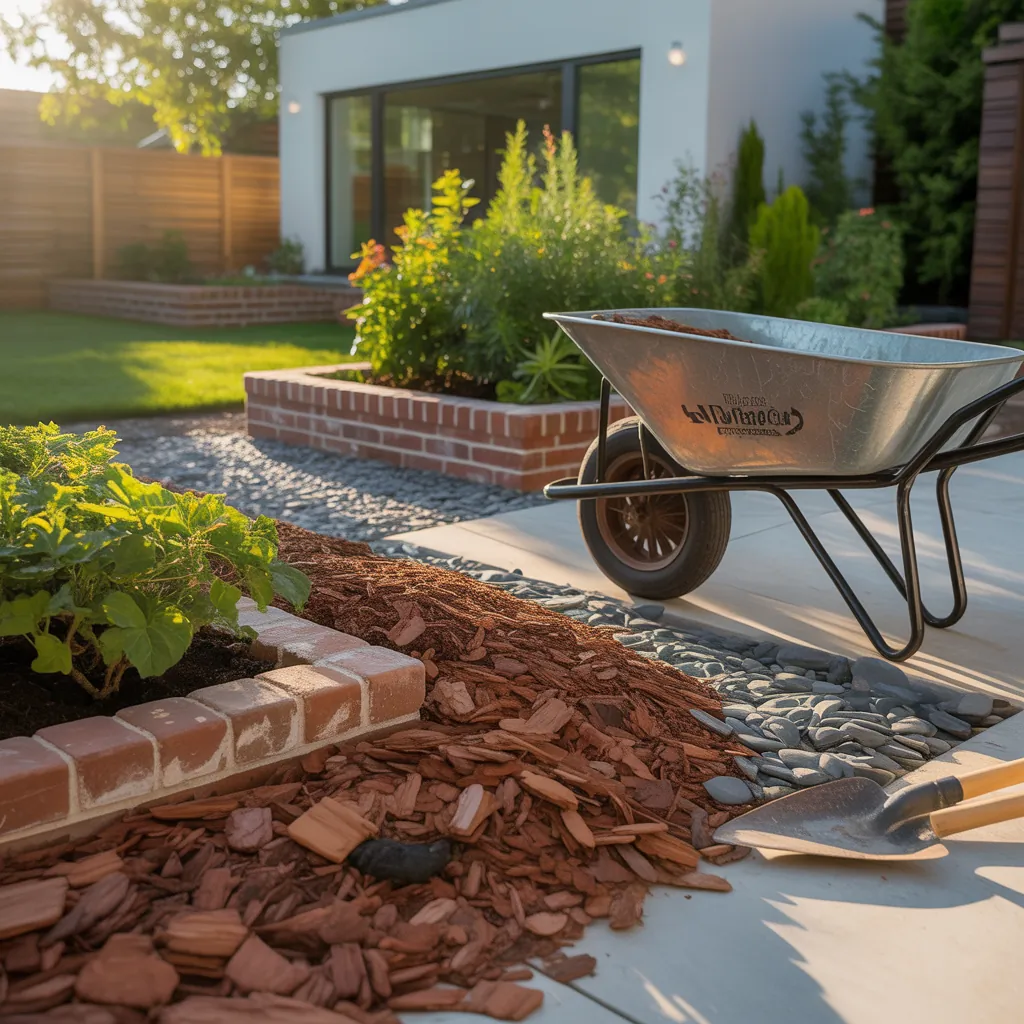Ever stood at the edge of your pool and pictured the soothing sound of cascading water, only to be stopped by questions like “Where do I start?” or “Can I build this myself?” If your backyard feels a little flat and you’re dreaming of a backyard pool waterfall concept that turns your swim space into a relaxing oasis, you’re in the right place. This guide delivers practical design inspiration, step-by-step DIY tips, and real-world advice so you can plan a stunning water feature without getting overwhelmed.
Why Add a Waterfall to Your Backyard Pool?
Adding a waterfall to your swimming pool instantly enhances aesthetics, drowns out neighborhood noise, and creates a spa-like atmosphere. Whether you want a natural rock cascade, a modern sheet spillway, or a simple boulder feature, a pool waterfall increases property value and invites more time outside. Plus, many water features help circulate water and improve aeration—beneficial for pool chemistry.
Types of Pool Waterfalls and Design Inspiration
Natural Rock Waterfall
Natural rock waterfalls use stacked stones and a hidden recirculation basin to create a rugged, landscape-integrated look. They’re great for freeform pools and tropical-themed yards.
Concrete or Faux Rock Spillway
For a durable option, faux rock formed over concrete provides the look of stone with structural reliability. This works well when you need custom shapes or cantilevered shelves.
Modern Sheet or Curtain Waterfall
A sleek stainless-steel or concrete lip creates a thin, glass-like sheet of water—perfect for contemporary designs and infinity-edge pools.
Tiered Cascades and Boulders
Tiers add movement and visual interest. Combine small cascades and shallow pools or incorporate large boulders for a rustic vibe.
Planning Your Backyard Pool Waterfall Concept
- Assess your yard and pool layout: Measure available space, slope, and existing landscaping. Note where plumbing and electrical can be routed.
- Decide on style and scale: Match the waterfall to your pool shape and home architecture—too large or small will look out of place.
- Set a budget: Basic sheet spillways can be affordable, while large rockwork with pumps and lighting will cost more. Include labor, materials, and permit fees.
- Check local codes and permits: Some areas require permits for major plumbing or structural changes.
DIY Step-by-Step: Building a Basic Pool Waterfall
Below is a simplified process for a budget-friendly waterfall idea—suitable for homeowners with intermediate DIY skills. If you’re unsure about plumbing or electrical work, hire a licensed pro for those parts.
- Design and mark the area: Sketch the waterfall footprint and mark it with spray paint or flags.
- Excavate and form a catch basin: Dig a small basin where water will collect. Line it with pond liner or concrete for durability.
- Install a pump and plumbing: Choose a pump sized to your flow need (roughly 300–1500 GPH depending on height and width). Use PVC piping and install a ball valve to adjust flow.
- Build the structure: Stack natural stone or build a concrete form. Embed the outlet flange or spillway lip where the water will exit. Ensure a solid mortar bed for stability.
- Connect electrical safely: Run power for the pump through a GFCI-protected circuit. For lighting, use low-voltage or waterproof LED fixtures rated for pools.
- Plumb and test: Prime the pump, fill the basin, and test flow. Adjust valves and nozzle positions until the cascade looks natural.
- Finish landscaping: Backfill around the structure, add plants, mulch, and rocks to blend the feature into the yard.
Practical Tips and Real-World Advice
- Pump sizing matters: Larger waterfalls require pumps with higher lift and flow. Factor in elevation and nozzle restriction when choosing GPH and head rating.
- Noise control: Want a softer sound? Reduce flow or create multiple smaller cascades rather than one loud drop.
- Use quality seals and adhesives: Water-resistant mortar and silicone sealants will extend the life of your feature.
- Lighting elevates the effect: Submersible LEDs and uplights in the rockwork create dramatic night scenes.
- Maintenance: Keep leaf nets in place and clean the catch basin filter regularly. Winterize pumps and exposed plumbing in cold climates.
- Plants and placement: Use moisture-loving plants like ferns and ornamental grasses around the waterfall, but avoid large trees that drop debris into the pool.
Budget-Friendly vs. Premium Options
If you’re working on a tight budget, consider prefabricated spillway kits, faux rock panels, or a simple recirculating fountain that ties into the pool pump. For a premium build, hire a landscape contractor to craft custom rockwork, integrate an infinity edge, or build a multi-tiered cascade with LED color-changing lights.
Safety Considerations
Keep electrical components GFCI-protected and inaccessible to swimmers. Ensure rock edges are stable and non-slip where people may sit. If your waterfall creates strong currents, position it away from pool entry points and steps.
Backyard Pool Waterfall Concept: Finishing Touches
Small details make a big difference—add accent lighting, choose complementary stone colors, and create a seating or deck area nearby to enjoy the sound. Think about long-term maintenance when selecting materials: sealed concrete and composite materials often require less upkeep than natural stone.
Frequently Asked Questions
1. How much does a backyard pool waterfall cost?
Costs vary widely. A basic manufactured spillway or small fountain can be a few hundred to a few thousand dollars. Custom rock waterfalls with pumps, plumbing, electrical, and landscaping often range from $5,000 to $30,000 or more depending on size and materials.
2. Can I add a waterfall to an existing pool?
Yes. Many waterfalls can be retrofitted to existing pools. You’ll need to evaluate space, plumbing access, and structural support. A professional can help plan plumbing ties into existing filtration or recommend a standalone recirculating pump.
3. Is building a pool waterfall a good DIY project?
It can be, if you have experience with masonry, plumbing, and basic electrical work. Simple spillways and prefab kits are very DIY-friendly. For complex rockwork, high-voltage electrical, or major excavation, consider hiring specialized contractors to ensure safety and longevity.
Conclusion: Start Your Backyard Pool Waterfall Concept Today
Transforming your pool with a backyard pool waterfall concept is one of the most rewarding home projects—combining beauty, tranquility, and real functional benefits. Start small if you’re new to DIY, balance style with maintenance needs, and don’t be afraid to call in pros for plumbing and electrical work. Ready to bring sound and motion to your backyard oasis? Start sketching your vision, gather materials, and check out related DIY projects and home design ideas to spark creativity. Share your plans or questions below—let’s build something beautiful.



